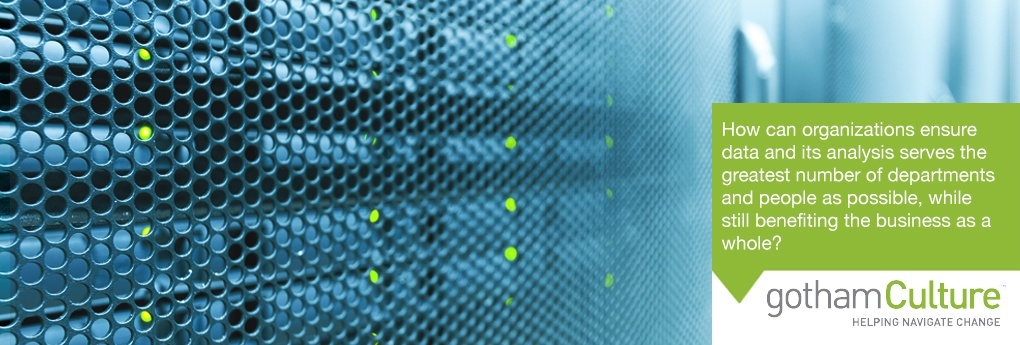When you think of a cult, do shuttle buses come to mind? Probably not, but Silicon Valley tech companies have used this method of transportation to keep their workers isolated from the rest of the world. And as they bind their employees closer together, workers are significantly less likely to leave.
While the term “cult” often conjures up mental images of drab clothes, remote farms, and blue Kool-Aid, cults can also refer to the culture within certain companies. A cult, after all, is simply a group connected by appreciation for the same thing, person, or ideal.
There’s no doubt that articulating a clear and compelling vision for the future of your organization can drive member excitement, but things get murky when control enters the equation. If your company culture governs the thinking and behavior of its members, then you might be entering cult territory.
Your Company Might Be a Cult If…
There are multiple signs that indicate that your company is exhibiting cult-like behavior — for example, encouraging your employees to blindly follow a charismatic leader. By taking the leader’s opinions as fact, your company may grow so rigid that innovation becomes impossible.
Additionally, organizations that minimize two-way dialogue stifle growth and encourage employees to accept the status quo and silence their opinions. However, creating an environment where people don’t push back and aren’t engaged in healthy debate can lead to serious problems.
Lastly, in cult-like organizations, values are taken to such an extreme that anyone who questions the way things are done is quickly ostracized or ejected.
Create a Collaborative Environment
All of these practices can seriously endanger the health of your organization. If you’re noticing any of them creeping up, put these four fixes in place to safeguard your company from becoming more of a cult than a culture:
1. Take Responsibility
Once you’ve diagnosed the situation, take responsibility rather than avoid the issues at hand. Author Ronald Heifetz suggests reducing avoidance mechanisms such as denying, scapegoating, or pretending that the problem is technical. Companies that attack individuals rather than issues risk further cult-like behavior.Owning the behavior is difficult. You should allow people to take responsibility for problems, but they should do so at a rate they can handle.
2. Introduce New Talent
Strive to introduce new, talented employees who live on the fringes of a culture fit. If you onboard people who challenge the culture, your company will be able to grow and mature.You may need to rely on new members of the organization to raise the issue of cult-like behavior because they’re experiencing your company for the first time. Encourage acceptance of these new employees — particularly when your goal is to change the company’s trajectory.
3. Create Dialogue Mechanisms
Develop mechanisms for leaders and employees to engage in honest, two-way dialogue in a safe environment. Talking with new hires, consultants, and advisors will force your organization to think about problems from multiple angles.You must protect people who raise hard questions. At first, raising these potential problems will generate distress, but the questions will challenge your employees to rethink the issues at stake.
4. Reward Responsible Risk-Taking
Establish a new team, business, or investment with clear authority to take risks and create beyond the organization’s previous boundaries. Businesses can only grow through introducing new ideas and taking appropriate risks.Share the charter of the new team with your company to ensure that individuals threatened by the venture know that the team is working on behalf of the whole.
Some companies would disagree with the notion that creating a cult-like culture is a bad thing — they believe that culture drives people’s thinking and behaviors to increase performance and productivity. It’s a fine line to walk, but leaders shouldn’t be compelled to manipulate their employees or do things that benefit the company at the expense of employee livelihood.
Instead, create a system in which people are informed, engaged, and aligned around a compelling path forward. If you promote an open environment that values new talent, you may even save a few dollars on bus fare.
This article originally appeared on Forbes







 Starbucks is bowing to the inevitable shift to a new generation. This is a push/pull situation, in that their customers are younger, and the younger generation doesn’t view body art as any big deal. And, in most cases it is an expression of individuality – which pulls the company forward.
Starbucks is bowing to the inevitable shift to a new generation. This is a push/pull situation, in that their customers are younger, and the younger generation doesn’t view body art as any big deal. And, in most cases it is an expression of individuality – which pulls the company forward. There has definitely been a “latte” attention recently about Starbucks’ decision to allow employees to have their tattoos visible.
There has definitely been a “latte” attention recently about Starbucks’ decision to allow employees to have their tattoos visible. Starbucks is in a unique position in its industry, and the business world in general. People love it or hate it. Some people that love the coffee actually hate the business side, and the idea that they put mom and pop shops out of business. But most business people respect that Starbucks almost single-handedly built the whole idea of a new culture around coffee and people being together… again, around coffee.
Starbucks is in a unique position in its industry, and the business world in general. People love it or hate it. Some people that love the coffee actually hate the business side, and the idea that they put mom and pop shops out of business. But most business people respect that Starbucks almost single-handedly built the whole idea of a new culture around coffee and people being together… again, around coffee.